
The investigators suggested that this may be indicative of intrathecal IgG synthesis as a useful marker of disability worsening in patients with MS, as well as in making early treatment decisions.

The investigators suggested that this may be indicative of intrathecal IgG synthesis as a useful marker of disability worsening in patients with MS, as well as in making early treatment decisions.

Ultimately, the risk of peripheral neuropathy increased by an estimated 3% for each additional day of current fluoroquinolone exposure, maintained for up to 180 days post-exposure.
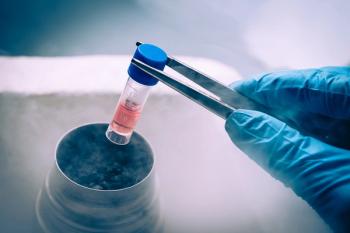
Insights about where stem cell treatment of neurological diseases is headed.

New early-stage data suggest that vector‐mediated gene silencing of striatal CaV1.3 expression may hold promise for preventing the induction of levodopa-induced dyskinesias in Parkinson disease.
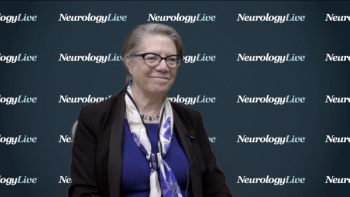
The director of the Pediatric Stroke Program at CHOP spoke about the need to improve early recognition and assessments in pediatric stroke, and how ultimately, awareness of the condition is a huge step toward achieving this goal.

Compared to sham stimulation, the REN device was more effective in achieving pain relief and relief from the most bothersome symptom at 2 hours posttreatment and was maintained at 48 hours post-stimulation.

NfL levels were reduced during treatment with fingolimod, providing further evidence of the long-term benefit of the drug and demonstrating a greater impact of highly effective therapy in relapsing-remitting multiple sclerosis.

The WHO guidelines specifically promote a healthy lifestyle, including regular exercise, not smoking, avoiding the harmful use of alcohol, maintaining a healthy weight and diet, and keeping healthy levels of blood pressure, cholesterol, and blood sugar.
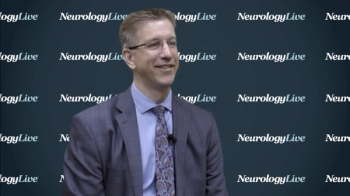
The staff neurologist at Cleveland Clinic shared his insight from the study, as well as what these data can do to further inform the use of this biomarker in progressive MS trials.

How are you counseling patients and families about the risks and benefits of playing sports with repetitive head blows and the risk of CTE?

The lead investigator noted that “the study results are a promising step toward having a scientifically-validated tool for clinical use that can facilitate physician-patient conversations and ultimately help to get ahead of MS progression.”

The International Project Team Lead spoke about the results of study endpoints that assessed the potential for next-morning residual effects of lemborexant, which is in development for insomnia.

Evobrutinib is the first BTK inhibitor to demonstrate clinical proof of concept in multiple sclerosis, reducing Gd+ lesions in a 75-mg, once-daily dose.
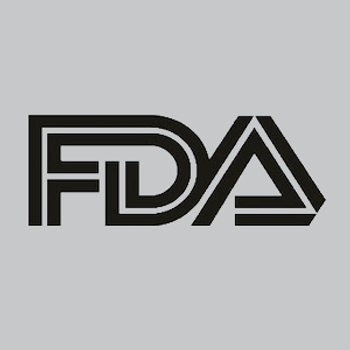
The FDA has expanded the indication for incobotulinumtoxinA, making it a first-line treatment for blepharospasm.

Advances in the diagnosis and management of SMA include molecular genetic testing and the FDA approval of a disease-modifying therapy.

Suvorexant improved the mean total sleep time by 28.2 minutes for the patients receiving the treatment versus placebo, equating to a mean increase of 73.4 minutes with the orexin receptor antagonist.
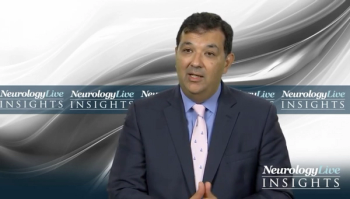
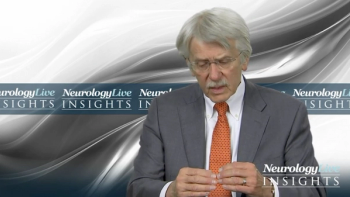
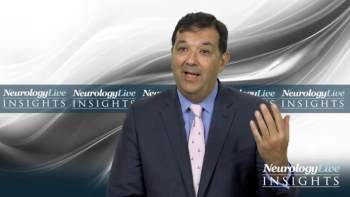
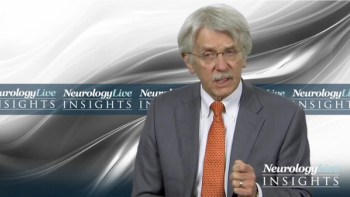


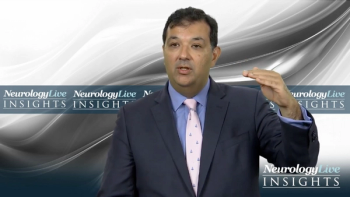
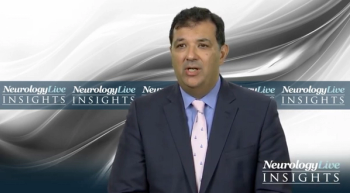


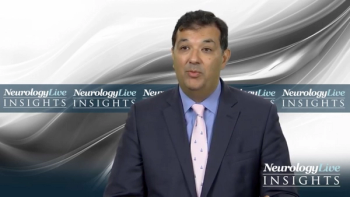

The amifampridine tablets are the first approved therapy specifically indicated for the treatment of pediatric patients with LEMS, a rare autoimmune disorder with neuromuscular symptoms caused by affected nerve connections and muscle weakness.

The chief medical officer of Neurocrine Biosciences spoke about how long-term data on valbenazine (Ingrezza) has helped shape the understanding of the effect tardive dyskinesia can have on patients, and how it can inform better utilization of the medication.
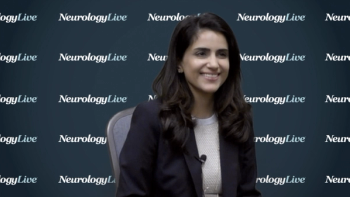
The assistant professor of neurology at Mount Sinai Health System spoke about the recent trend toward approaching migraine in a more holistic fashion, and the incorporation of nonpharmacologic options for patients with the chronic headache condition.